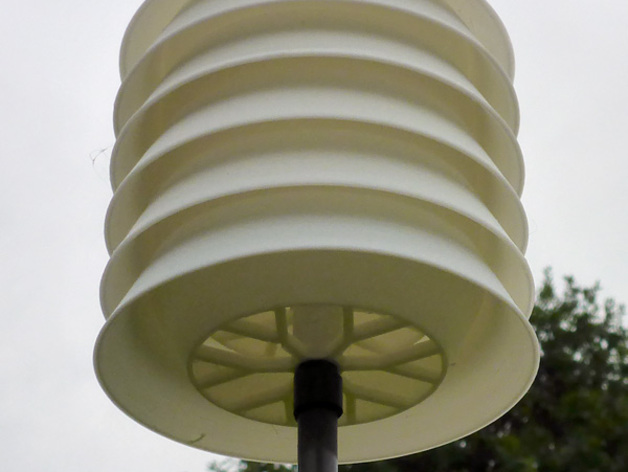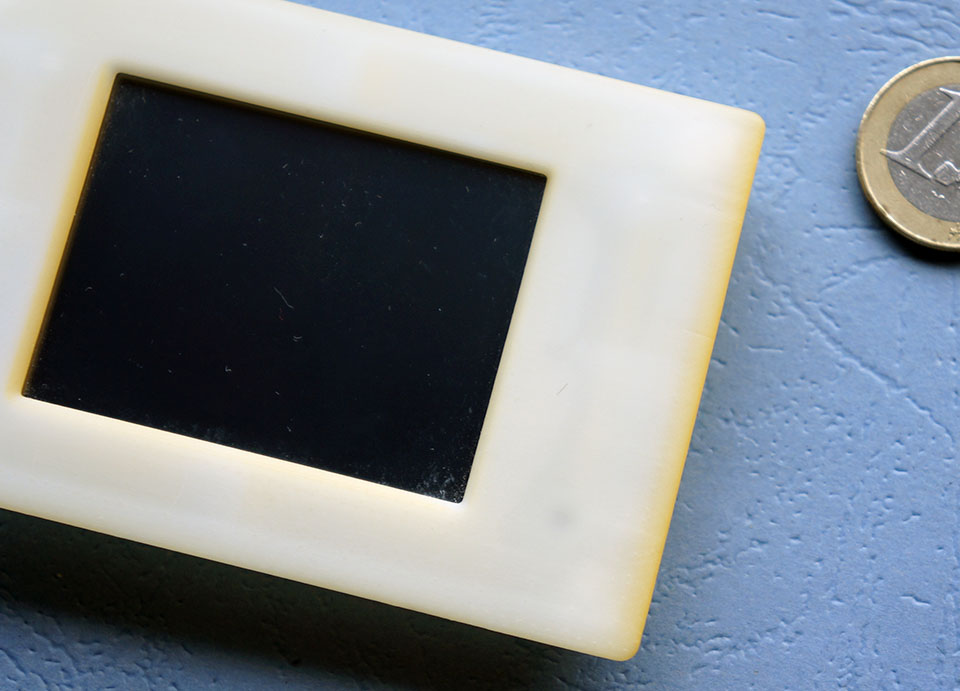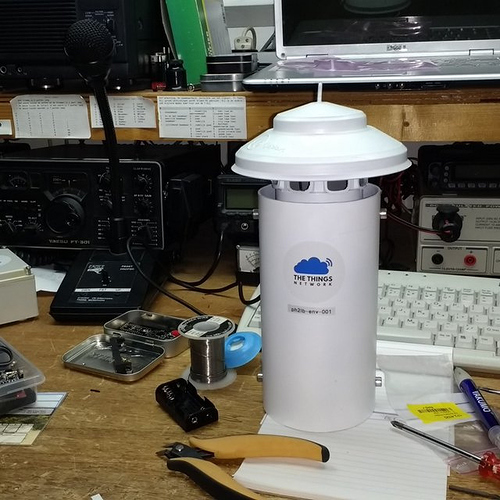lex_ph2lb also found a nice solution
but you can 3D print it yourself

but in my experience with 3d printed display bezels … it will look very bad after a year

this bezel was made by ITEAD, I bought it together with a small nextion display.
and look what happend to the material … it was bright white when it arrived here.
